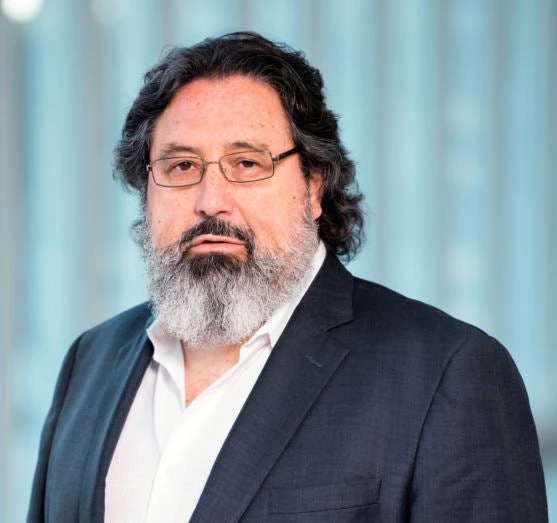
Measles cases in U.S. highlight need to eliminate vaccine-preventable diseases everywhere
The news media in the United States and abroad has been abuzz in recent days focusing on the measles outbreak at Disneyland. The irony of this situation is that measles, after being officially eliminated in the United States in 2000, reappeared in 2014 with 644 cases in 27 states as reported by the US Centers for Disease Control and Prevention (US CDC). The reason is simple: while in the 1980s, more than 97% of one-year olds in the United States were routinely vaccinated, the current share has fallen to 91%, facilitated by exemptions in some states that permit parents to “opt out” of vaccinating children on the basis of religious or personal beliefs. In other parts of the world, continued measles outbreaks in Europe, sub-Saharan Africa and Southern Asia have also occurred due to weak routine immunization systems and delayed implementation of accelerated disease control.
Unfortunately, these outbreaks are hindering the momentum and the significant progress achieved in controlling and eliminating measles across the world under the combined support of governments and the international community, particularly the Bill & Melinda Gates Foundation, Rotary International, and Gavi, the Vaccine Alliance. Indeed, as documented by the United Nations, between 2000 and 2009, global coverage with the first dose of measles containing vaccine (MCV1) increased from 72% to 84%, but then stagnated at 84% between 2009 and 2012.
I think that the implicit social contract that governs our lives in a society demands that we as a collective and as individuals adopt and adhere to measures that minimize risks, particularly public health risks, that have the potential to harm others. Taking such measures is important not only within each country, but across countries, since infectious diseases do not need passports or visas to spread, infect and wreak havoc among unsuspecting populations.
The evidence presented in a study by British researcher Andrew Wakefield, which linked autism and the vaccine for measles, mumps and rubella—did not withstand scientific scrutiny. On the contrary, decades of scientific evidence and results on the ground clearly support the claim that efficacious vaccines not only protect those who have been immunized, but can also reduce the risk of disease among unimmunized individuals in a community through “herd immunity”, the indirect effect of conferring protection from viral transmission to children who are not immunized because of weakened immune systems.
Indeed, global improvements in routine coverage among children who received the first dose of the measles vaccine, and the efforts to vaccinate children outside the reach of existing health services, have contributed to the decline in measles deaths by more than three quarters in the past 12 years, from 562,000 deaths in 2000 to 122,000 in 2012, mostly among children under five years of age.
We should be clear that because of immunization and efforts to facilitate greater access to safe water and basic sanitation, improve hygiene and nutrition, and deliver basic public health services, including essential drugs, people across the world have now a better chance of living longer, healthier, and productive lives.
I am hopeful that the latest measles outbreak in the United States and the heated political debate that it has generated will help galvanize and reinforce the momentum to eliminate in countries vaccine-preventable diseases such as measles by immunizing at least 90% of the population through the application of two doses of a safe, effective and inexpensive vaccine. The added benefit of administering a combined measles, mumps and rubella (MMR) vaccine could be the elimination and eventual eradication of rubella and mumps, two other dangerous childhood illnesses. Also, let’s hope that it helps to strengthen the commitment of governments and the international community to support and accelerate the effective implementation of the Polio Eradication and Endgame Strategic Plan 2013–2018 in the few countries where transmission of polio (types 1 and 3) persists.
While elimination and eradication requires high levels of population immunity in all regions of the world over a prolonged period and adequate disease surveillance systems in place, we should not despair thinking that it is a long shot. History is full of examples that show that the achievement of such goals is possible if political commitment, the alignment of resources, and determined efforts converge around a common objective. Indeed, as told by Dr. William Foege in “House on Fire”, his memoire about the fight to eradicate smallpox in the 1960’s and 1970s, well-structured and supported programs such as the one for smallpox eradication show that “humanity does not have to live in a world of plagues, disastrous governments, conflict, and uncontrolled health risks” because “the coordinated action of a group of dedicated people can plan for and bring about a better future.”
Follow the World Bank Health team on Twitter: @WBG_Health


Join the Conversation